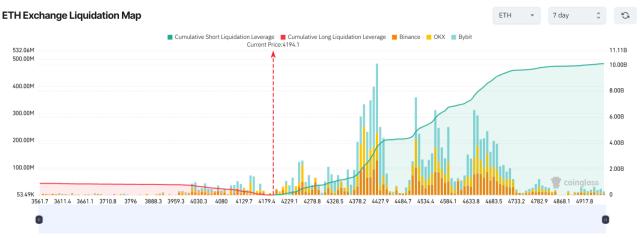Binance is building an on-chain empire.
It has created two "mini Binances," one called Alpha and the other called Aster, with one focusing on "on-chain spot trading" and the other on "on-chain contracts."

Binance's core businesses are futures and spot trading, but now it's also looking to strengthen its on-chain spot and futures businesses. Having successfully found a way to leverage on-chain spot trading, it's also beginning to explore the on-chain futures market.
For a long time, the focus on "on-chain spot trading" has been primarily on the Solana ecosystem project, while "on-chain futures trading" has been primarily dominated by Hyperliquid. Both of these directly threaten Binance's core business. Binance is facing competition from two new paradigms.
It's often not the old paradigm that brings down giants, but the new. Nokia, Intel, Yahoo, Motorola... too many companies that were invincible in the old paradigm have fallen behind in the transition to the new. The giants that haven't fallen behind continue to thrive. Tencent created WeChat in addition to QQ, Alibaba invented Tmall in addition to Taobao, and now Binance is also building its own "mini-Binance."
Binance's contract business has always been its most important and largest source of revenue. Hyperliquid's perpetual contract trading volume has surpassed 13% of Binance's, and its derivatives holdings are approaching 30%. This poses a direct threat to Binance's lifeline.
Binance's spot trading business is its most important customer acquisition channel and holds significant strategic significance. Solana, however, has consistently captured the attention of crypto users. For a long time, the crypto world's focus has been almost entirely on Solana, not Binance. A large number of users have opted for on-chain trading on decentralized exchanges, rather than centralized ones. For a long time, Binance's coin listing news was considered a "contrarian indicator" and a "peaking indicator," virtually eliminating the Binance listing's impact.
Binance's two core businesses, futures and spot trading, have both faced challenges from the on-chain world, which has led to its determination to develop both on-chain futures and spot trading.
Alpha is Binance's most important platform for on-chain spot trading. Over the past six months, it has grown in prominence, gradually occupying a key position within the Binance ecosystem.
The week of September 15th to 21st is considered "interest rate cut week." Binance Alpha performed exceptionally well during this week, listing 10 tokens, four of which saw increases exceeding 200%. Aster saw the highest increase of 334%, and STBL saw a whopping 45-fold increase. (Note: Four of these tokens also saw their value nearly wiped out, so caution is advised when investing.)
Binance Alpha offers free airdrops to users who accumulate points based on their trading volume. The returns on these airdropped tokens are substantial. For example, last week, Binance Alpha airdropped 4,000 STBL tokens, which were worth as much as 2,000 units just three days later. On May 6th, Binance Alpha distributed 1,667 MYX tokens, which are now worth $15,669, reaching a peak of $31,673, equivalent to 220,000 RMB.
"If you try Binance Alpha, Binance will give you a car for free."
This has successfully attracted many crypto users back to the Binance ecosystem. However, the Binance Alpha product isn't a charitable initiative; it has its own drawbacks. When the market falls, users who experience the product improperly will also suffer losses. Those who maintain discipline are often a minority.
The explosive popularity of the Binance Alpha product reflects a trend: the on-chain world is rapidly becoming mainstream in the crypto world. Binance, OKX, Coinbase, Bybit, Bitget...nearly all major exchanges have focused on developing wallet products. However, few have truly taken off.
Previously, Binance Wallet's user experience had been criticized by users, but the launch of Binance Alpha catapulted it to fame, establishing Binance as a dominant force in the on-chain world.
Binance Alpha has been under development for half a year, and some are gradually coming to terms with its position as a "small Binance for on-chain spot trading." However, regarding Aster, a project whose coin launch was less than a week ago but whose FDV has already reached $100 billion, there are still many different opinions, with significant divergences of view.
After Hyperliquid, does the market need so many Perp DEXs? What problems does Aster solve that Hyperliquid doesn't? Is it reasonable that Aster's market capitalization has so quickly surpassed projects like Pump.fun and Arbitrum, which have long-standing accumulation and real trading volume? These questions will only be answered with time.
However, it's clear that the emergence of Hyperliquid has likely caused even greater panic among centralized exchanges than Solana, and has also garnered considerable attention. Whether it's Coinbase's AVNT, Binance's Aster, or OKX's X Layer, all are actively pursuing the "on-chain contract exchange" market. CZ's five consecutive tweets in support of Aster demonstrate its importance.
The crypto exchage market is undergoing some qualitative changes. The trend toward greater decentralization has become a definite one.
Binance has launched two "mini-Binances", which means that Binance is no longer satisfied with being the leader of centralized cryptocurrency exchanges. It is working hard to build itself into the king of the decentralized chain world.







